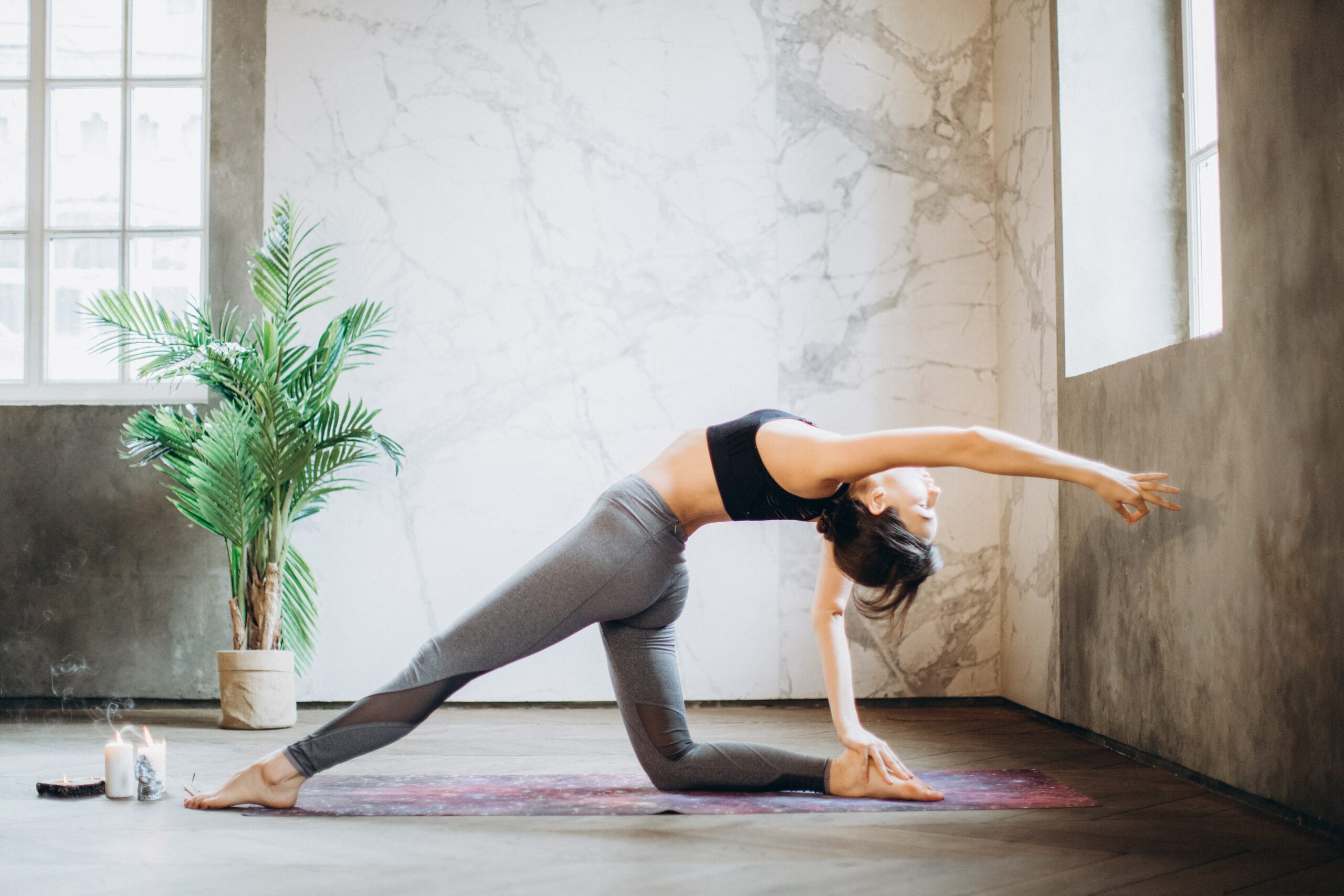
When is the best time to stretch?
Stretching is an important component of any fitness routine. It helps to improve flexibility, range of motion, and prevents injuries. But when is the best time to stretch? Is it before or after a workout, or should you do it throughout the day? The answer is not straightforward, as there are different types of stretching and each has its own benefits. In this article, we will delve into the different types of stretching and the best time to do them.
Before or after workout?
Usually, when we think of stretching, we envision warm-up stretches before a workout or cool-down stretches after a workout. But which is better? The answer depends on your fitness goals.
Pre-workout stretching, also known as dynamic stretching, involves moving your joints to warm up your muscles. It helps to improve blood circulation, increase your heart rate and prepare your body for more intense exercise. Dynamic stretching involves movements like lunges, high knee marching, quad stretch, and arm circles.
On the other hand, post-workout stretching, also known as static stretching, involves holding a stretch for about 15-30 seconds without moving. This helps to reduce muscle tension, improve flexibility, and prevent muscle soreness. Static stretching involves movements like hamstring stretch, calf stretch, and shoulder stretch.
If you are looking to improve your performance during a workout or sporting activity, dynamic stretching before the workout is the best option. If your goal is to improve flexibility and prevent muscle soreness and injury, static stretching after the workout is the way to go.
Stretch throughout the day
Stretching is not only beneficial before or after physical activity, but it can also be done throughout the day. Incorporating stretching into your daily routine can help to improve overall flexibility, relieve muscle tension, and reduce stress.
For instance, if you spend long hours sitting at a desk, stretching your neck, shoulders, and back muscles can help to counteract the effects of poor posture and reduce tension headaches. If you spend most of your day on your feet, stretching your calves, hamstrings, and hip flexors can help to improve flexibility and prevent lower back pain.
Stretching can also help to reduce stress and improve mindfulness. Doing a few yoga poses or breathing exercises can help to calm your mind and improve your overall well-being.
Types of stretching
There are different types of stretching, including static stretching, dynamic stretching, passive stretching, and proprioceptive neuromuscular facilitation (PNF) stretching.
Static stretching is the most common type of stretching, which involves holding a stretch for about 15-30 seconds. It helps to improve flexibility and reduce muscle tension.
Dynamic stretching involves moving your joints to warm up your muscles. It helps to improve blood circulation and prepare your body for more intense exercise.
Passive stretching involves holding a stretch with the help of an external force, such as a yoga strap or a partner. It helps to improve flexibility and range of motion.
PNF stretching involves contracting and relaxing your muscles while stretching. It helps to improve flexibility by strengthening the muscle fibers through a combination of contraction and relaxation.
The best time to stretch depends on your fitness goals. If you want to improve performance and prevent injuries, dynamic stretching before a workout is the best option. If you want to improve flexibility and prevent muscle soreness, static stretching after a workout is the way to go. Stretching throughout the day can also help to improve flexibility, relieve muscle tension, and reduce stress. Therefore, it’s essential to incorporate stretching into your daily routine and choose the appropriate type of stretching for your fitness goals.
Read more articles –
Physiotherapy helps with musculoskeletal disorders in various ways
Discovering the Health Benefits of Chiropractic Treatment in Scarborough, ON
Relieve the Pain of Plantar Fasciitis with Therapeutic Massage